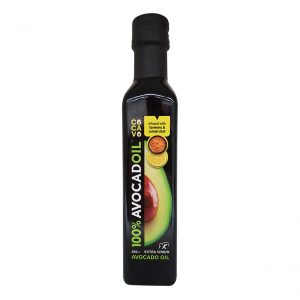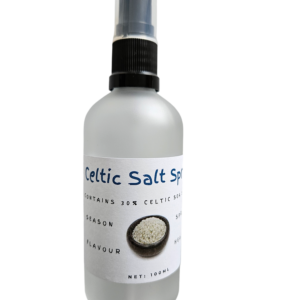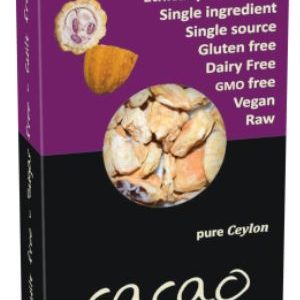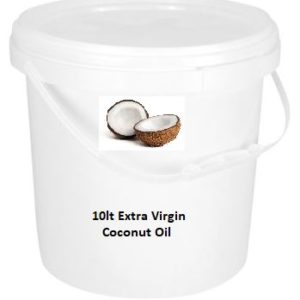
The name “Buckwheat” can cause confusion as it is not actually related to wheat at all!
|
Buckwheat belongs to a group of foods commonly called “pseudocereals” which are seeds that can be consumed as cereal grains but do not grow on grasses like its name sake. It is in fact, closely related to the rhubarb and sorrel genre of plant. This means that it is gluten free and can be utilised in cooking instead of gluten containing product, including as a flour and rice substitute. Buckwheat is an extremely hardy plant that grows beautifully in the fertile South Canterbury soil. The seed itself is a heart shaped groat when removed from the hull, and the flowering plant is very fragrant and pure white in colour, making it incredibly attractive to bees, who then produce a unique and delicious darker honey that has molasses or treacle undertones in its flavourings. The hull is used as a non-allergenic pillow stuffing with many benefits to the user, including no allergic reaction, no dust mite or bed bugs and better all-round sleep. If you are a gardener and looking to mulch your garden, the buckwheat hull is lauded to ensure the root systems stay moist in the summer and warm in the winter, impede weed growth and it looks pretty too! Along with this, the buckwheat plant is considered extremely effective in holistic farm management practices in New Zealand agriculture. Holistic management refers to the partnership of both conventional and organic farming methods in trying to reduce the chemical inputs into both the crop and the ground from which it comes. Our gorgeous little heart shaped superstar has also become popular as a health food due to being gluten free, a good source of fibre, rich in minerals and various plant compounds too – especially rutin.
|
GROATS / FLOUR
Groat is the seed within the hull of the buckwheat plant and the little heart shaped superstar that forms the basis of our Pure New Zealand Buckwheat Company.
The groat is naturally gluten free and is widely used as an alternative to gluten containing product in everyday cooking and baking. With its many health benefits, it is truly a “healthy” alternative on many levels!
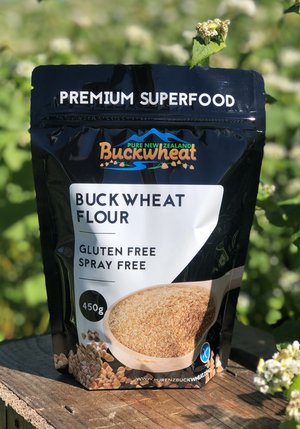
The greatest benefit of buckwheat to the end consumer, naturally, is its gluten free status and its ability to be substituted in everyday cooking for those who have sensitivities to wheat or other grains that contain gluten.
It is also cholesterol and sugar free, a great source of natural fibre, low in both fat and sodium and – it tastes simply – GREAT!
Vitamins and trace minerals can also be found in the heart shaped superstar, including:
-
Thiamine
helps the body turn carbs into energy -
Niacin
used in your digestive system, skin and nerves -
Vitamin B6
assists brain function and development -
Folate
essential to make red blood cells -
Magnesium
maintenance of muscle health -
Phosphorus
used in the formulation of teeth and bones -
Zinc
Immunity -
Copper
helps absorb iron and in the manufacture of collagen -
Manganese
bone and connective tissue builder
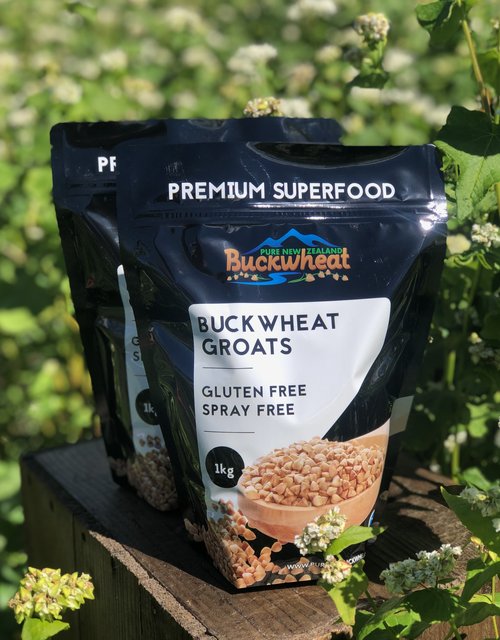
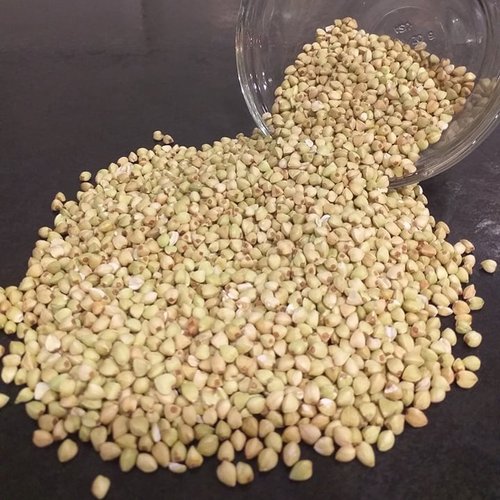
BUCKWHEAT NUTRITIONAL INFORMATION
One cup (+/- 168 grams) of cooked Pure New Zealand Buckwheat contains:

-
155 calories
-
33.5 grams carbohydrates
-
5.7 grams protein
-
1-gram fat
-
4.5 grams fibre
-
0.7 milligrams manganese
-
85.7 milligrams magnesium
-
118 milligrams phosphorous
-
0.2 milligrams copper
-
1.6 milligrams niacin
-
1 milligram zinc
-
1.3 milligrams iron
-
0.1 milligram vitamin B6
-
23.5 micrograms folate
-
0.6 milligram pantothenic acid
-
3.7 micrograms selenium


